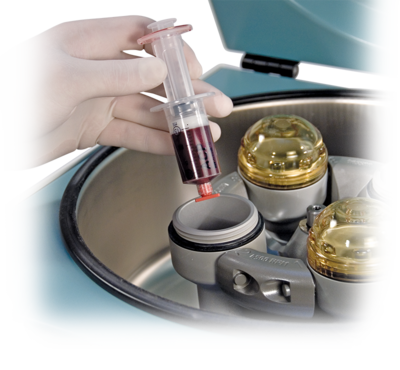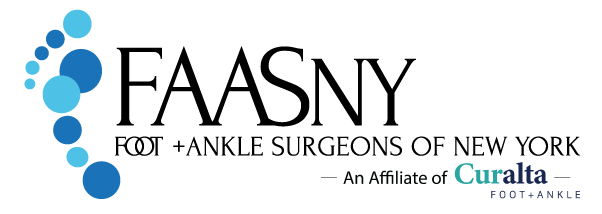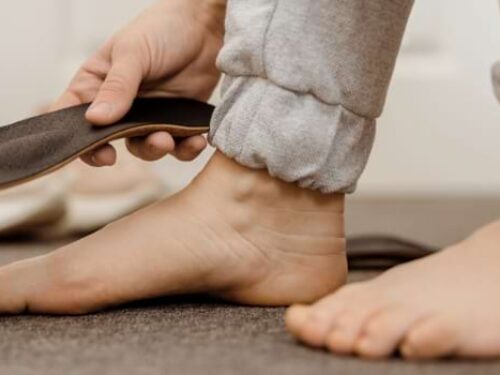
Platelet Rich Plasma
Athletes and active individuals who suffer from tendon injuries or osteoarthritis may finally get relief from a quick, non-surgical procedure. Platelet Rich Plasma (PRP) treatment has become more popular and has received significant attention from the media as several professional athletes have attributed their success to it.
What is PRP? PRP is made from a person’s own blood. Platelets and liquid plasma portions of the blood contain many factors that are essential for healing by enhancing cell recruitment, multiplication and specialization. PRP stimulates healing and muscle regeneration, and limit the amount of scar tissue that forms.
What conditions are treated? In the foot and ankle, it is used primarily for chronic conditions such as Achilles Tendinitis, Plantar Fasciitis, and Posterior Tibial Tendinitis and Peroneal Tendinitis. It is also helpful in treating chronic Ankle Sprains. It may be also helpful in arthritic conditions affecting the foot and ankle joints.
It is also shown to be helpful in the treatment of acute sports injuries, such as ligament, tendon and muscle sprains. PRP has been used to treat professional athletes with common sports injuries such as Ankle and Achilles Sprains, and much of the publicity PRP therapy received has been about this use in elite Athletes.
How many treatments are needed? Typically, most people see significant improvement with just one injection but some chronic or severe injuries will require two or three injections. Clinical exam findings, and Ultrasound or MRI results will help the doctor decide this. Ultimately, the treatment course is decided on a case-by-case basis and tailored to the individual.
What does the treatment consist? Blood is drawn from the patient and the PRP is isolated utilizing a proprietary centrifuge, and is then injected into the injured area. Ultrasound imaging may be used to guide the injection. The appointment typically will take less than 45 minutes.
What can I expect after a treatment? Typically, the affected foot and ankle is immobilized with a soft cast and/or a CAM walker boot for two weeks or more, depending on the condition treated. Ibuprofen, Naproxen and other NSAIDs should be avoided after the treatment. Tylenol is acceptable for pain relief, but usually a pain medication is prescribed on the day of treatment. Applying ice directly to the injected area should also be avoided. Physical Therapy might be necessary after the initial period of immobilization, depending on your particular condition.
Who is not a candidate? There are certain conditions where PRP is not indicated. Patients who have thrombocytopenia, other conditions of platelet dysfunction, and individuals currently undergoing treatment for certain malignancies are not candidates. Also, the injection cannot be performed if there is a current local infection affecting the foot or ankle.


